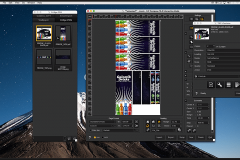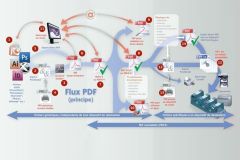With this new Firefly template, Adobe offers a solution dedicated to video professionals. Through its text-to-video and image-to-video functionalities, the template enables sequences to be generated from simple text descriptions or illustrations, offering considerable time savings for editors and visual content creators.
These functions can be used to fill gaps in a timeline, generating missing shots or animations from static images. This gives editors the ability to enrich their sequences with complete flexibility, while adjusting technical parameters such as camera movement, zoom or angle. This feature could radically change the way short edits are managed in post-production, particularly for commercials or promotional videos.
Adobe makes a point of specifying that its Firefly model is trained only on content to which the company holds the rights or which is licensed. Unlike some competing AIs, whose training may have raised ethical questions about the use of unauthorized content, Adobe guarantees the legal and commercial conformity of its creations. This allows professionals to create videos in complete security, without copyright risks. This legal certainty could tip the balance in Firefly's favor in a context where the risk of copyright disputes over AI-generated content is becoming increasingly frequent.
Although videos generated by the Firefly model are currently limited to five seconds, they are proving convincing enough for specific uses such as advertising clips, animated transitions or B-Rolls. However, Adobe plans to change this limit with future updates, to compete directly with models such as Sora, which can generate videos lasting up to one minute.












